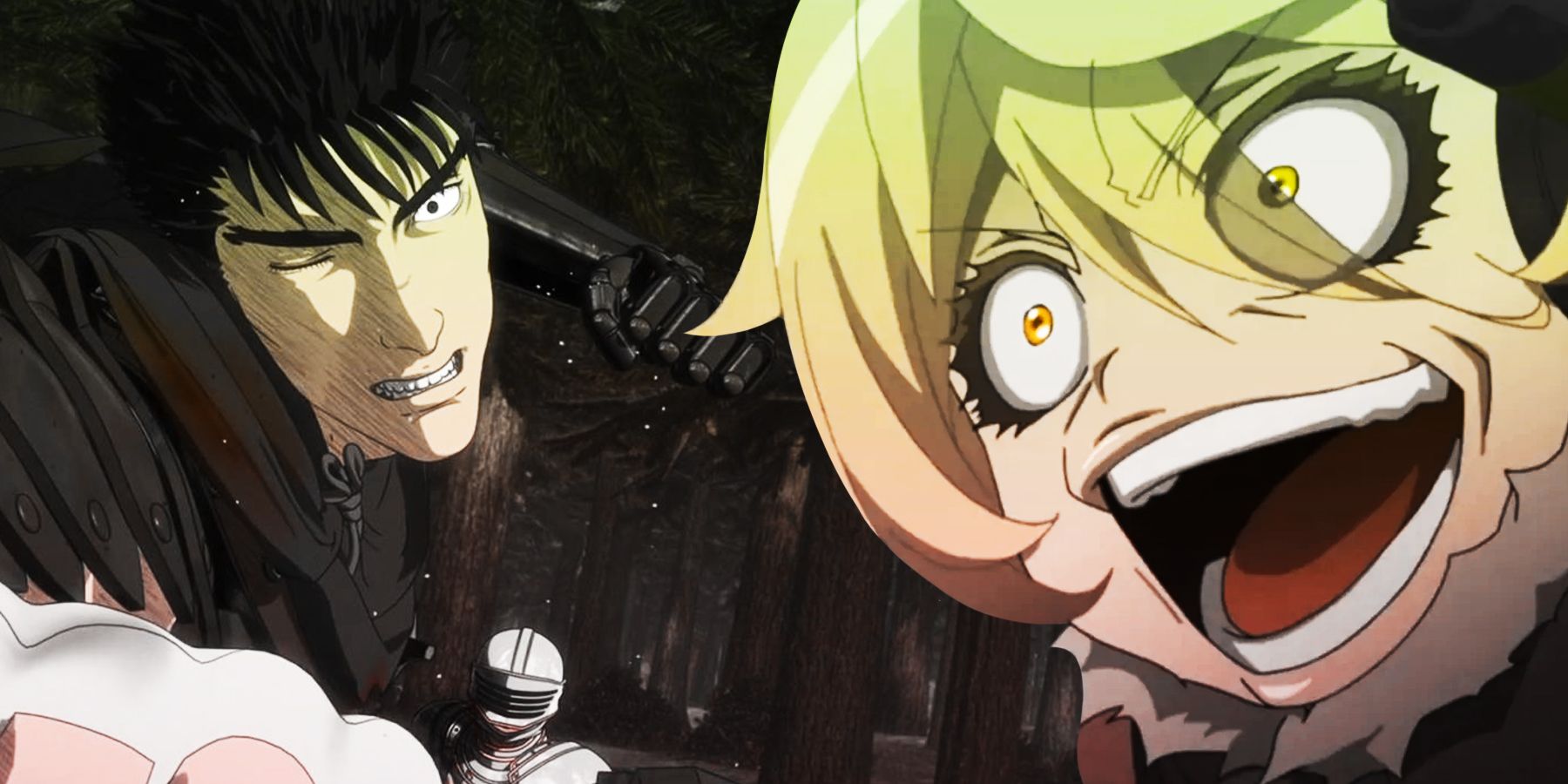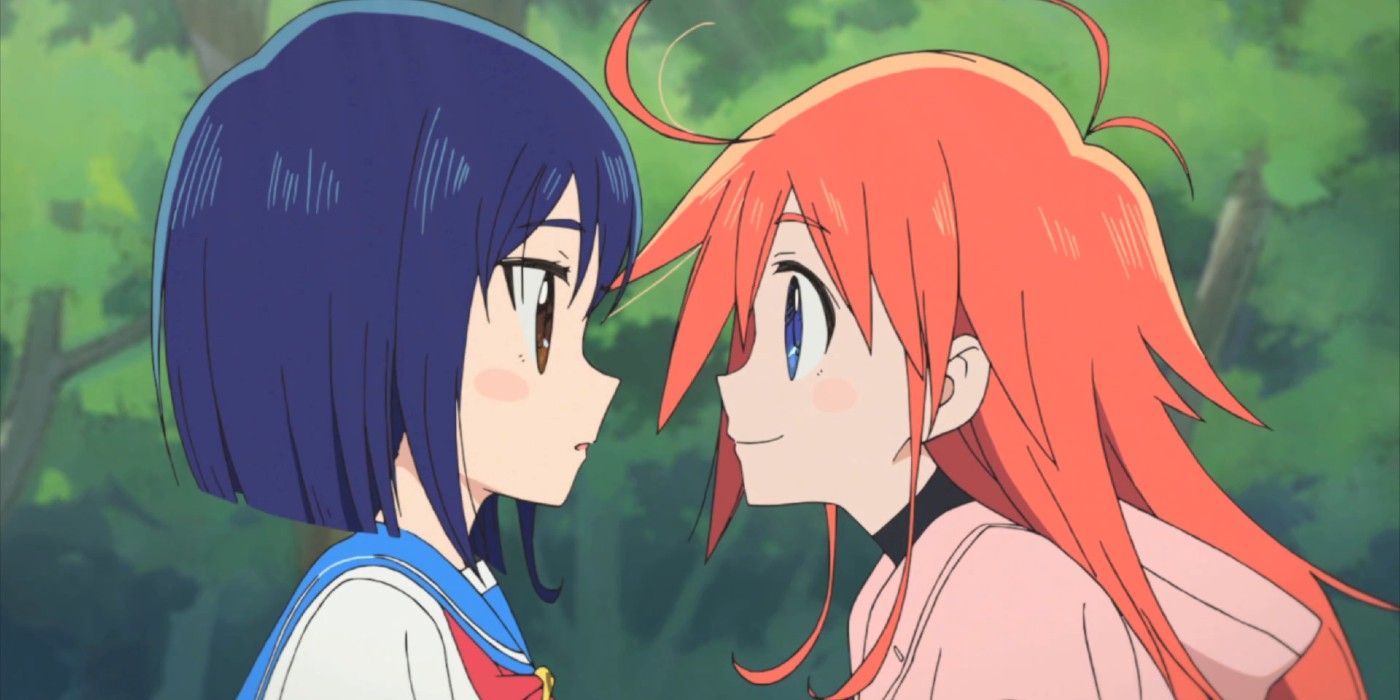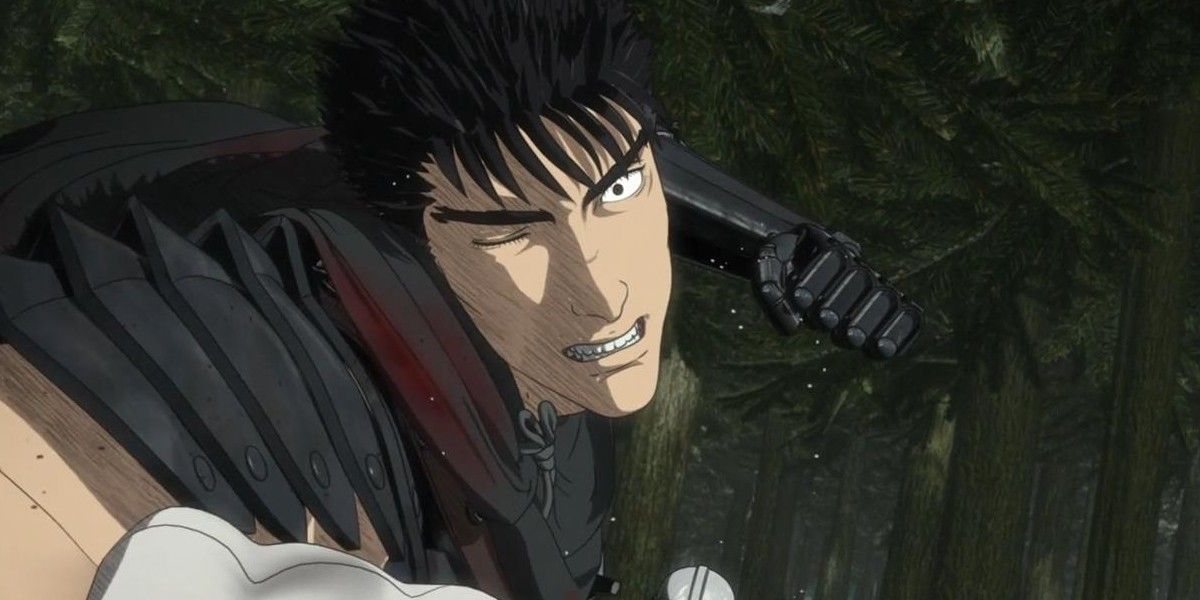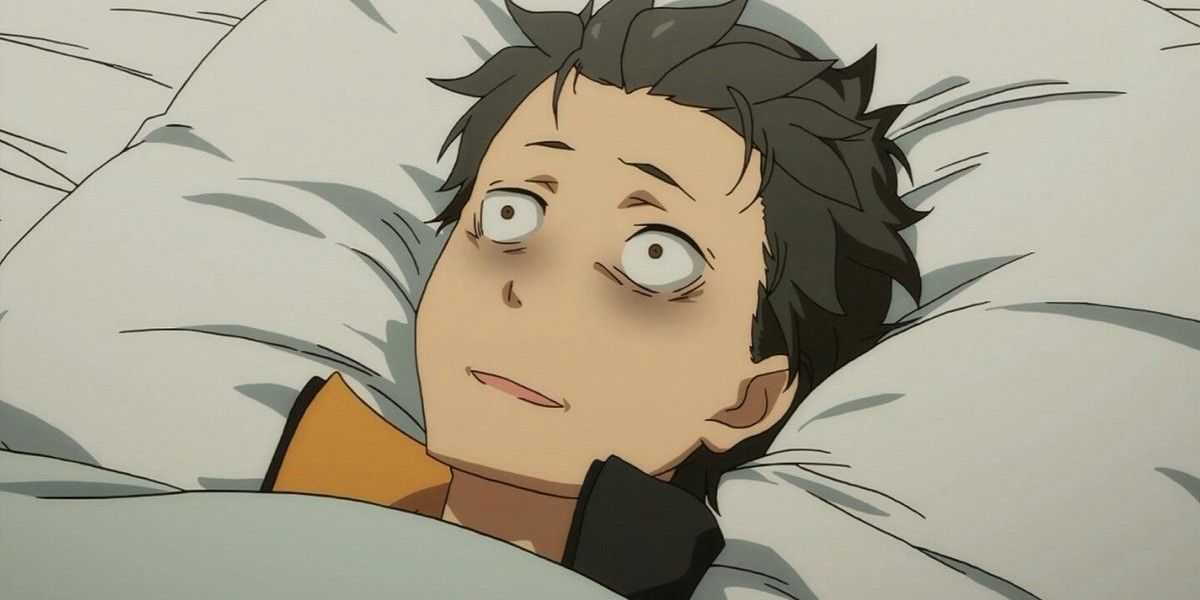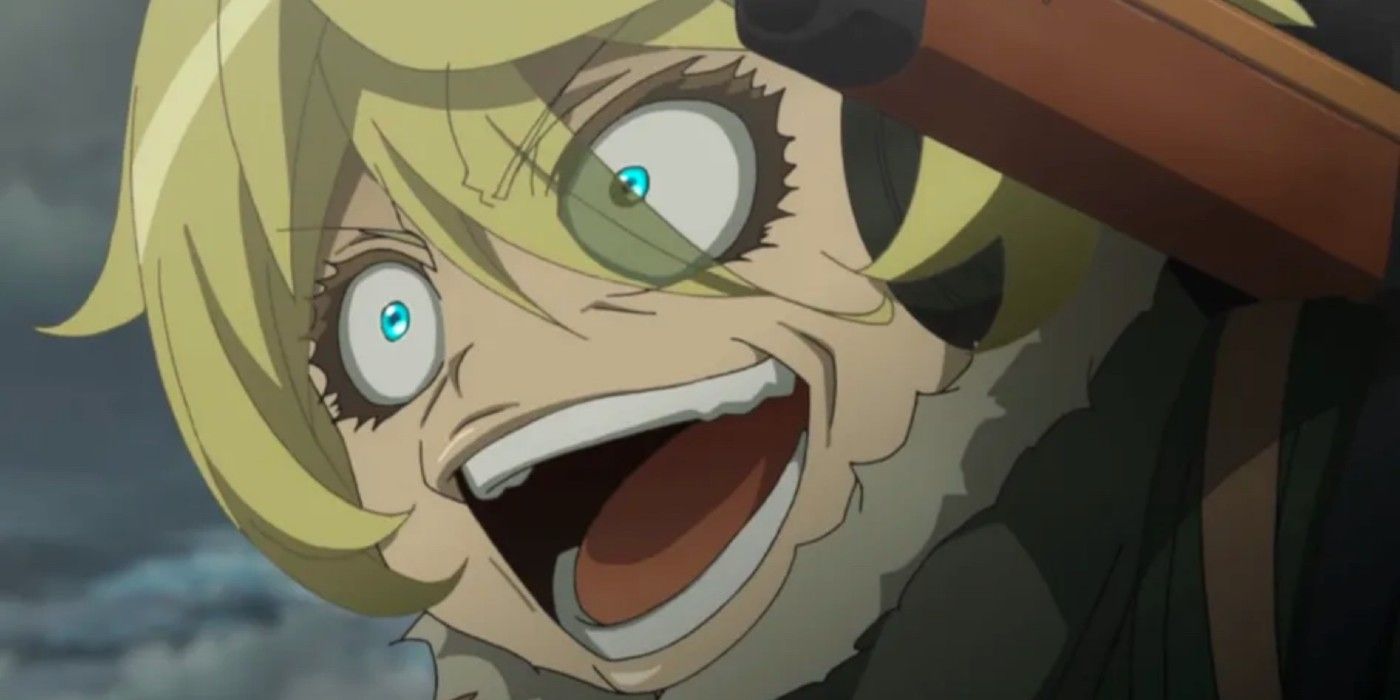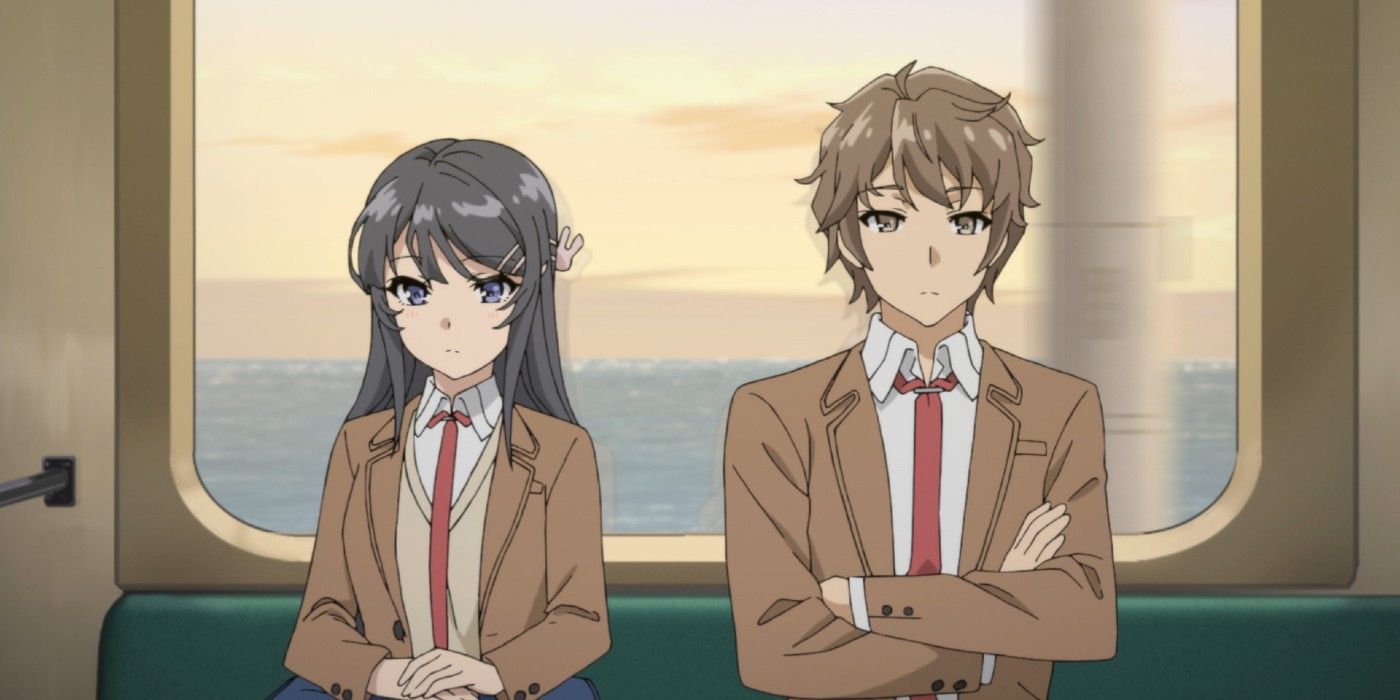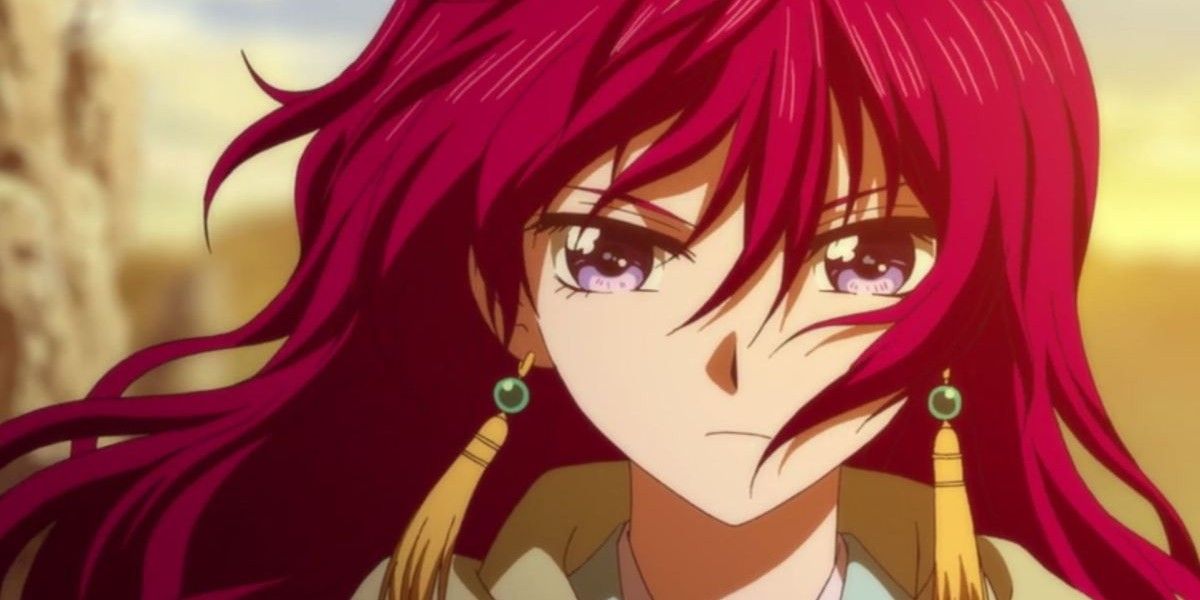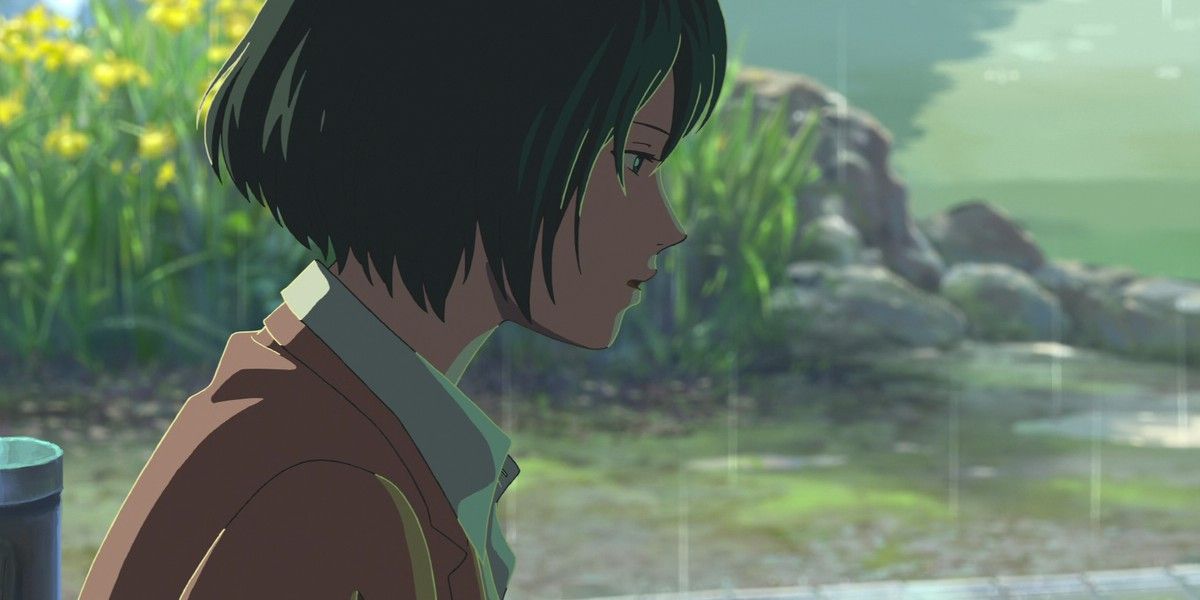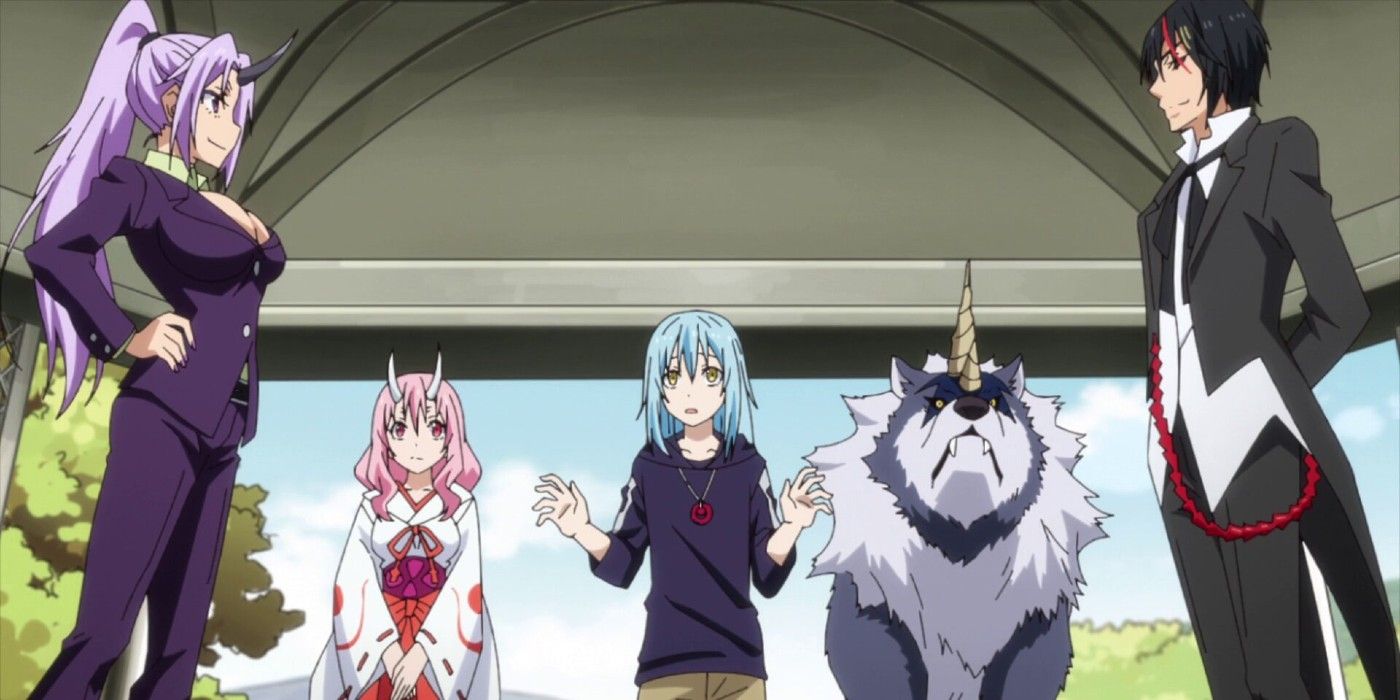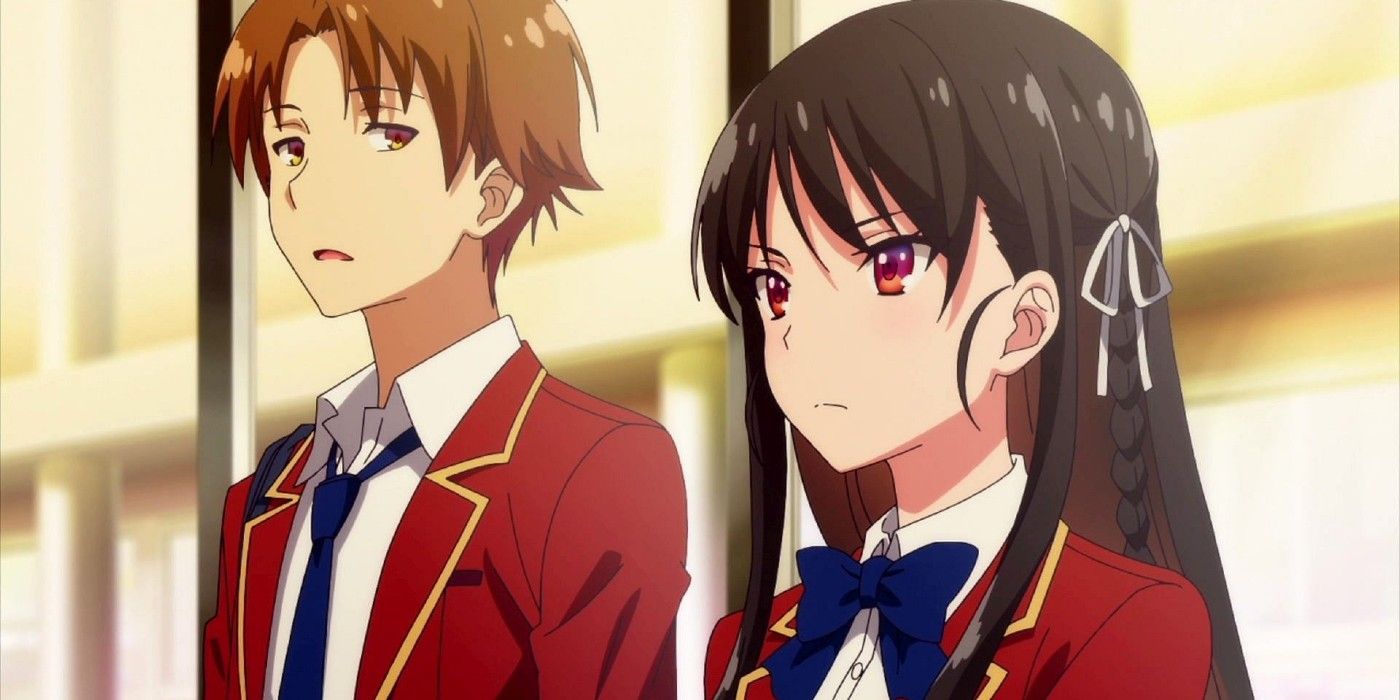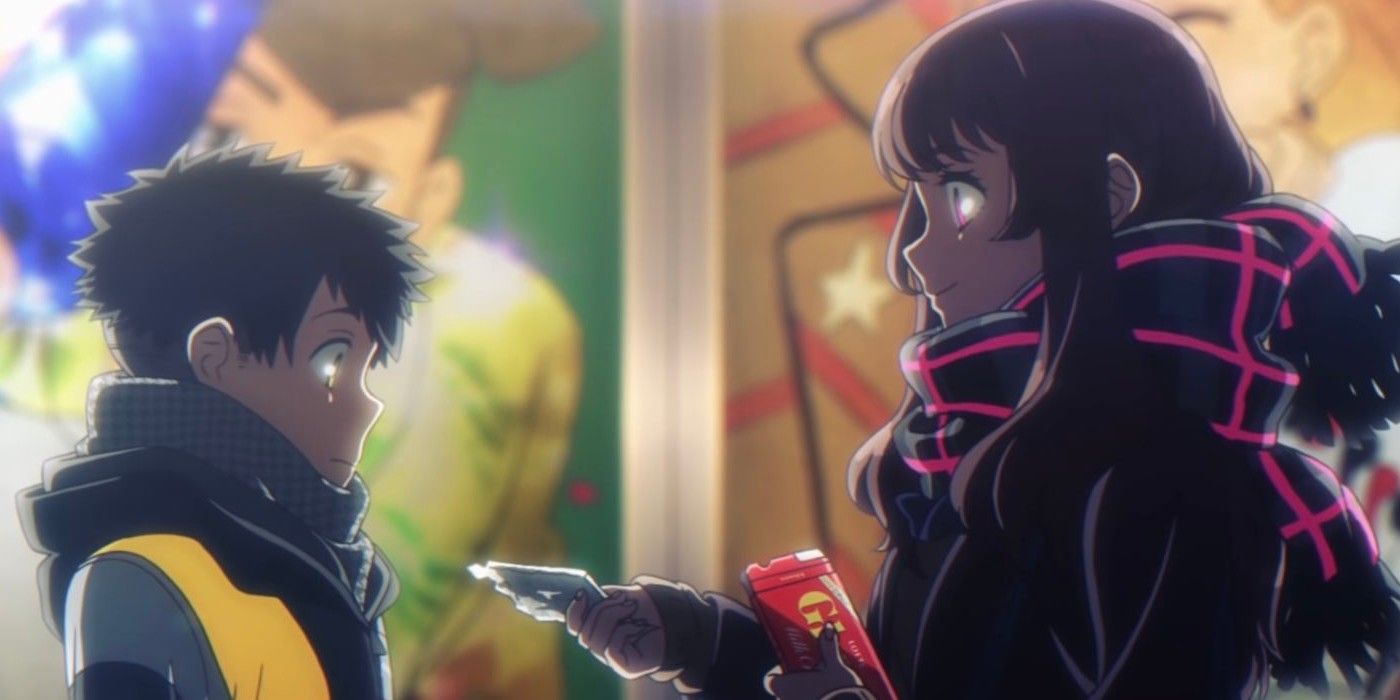The 2010s produced anime series that still influence and dominate the medium. Long-running shonen anime aside, most of the relevant anime in today's community are products of the shows and films that came from the 2010s. This has contributed to many exciting works, an increasing fan base, and greater engagement. While there is a lot to appreciate over the last decade, it has also contributed to some poor trends and practices.
As it is part of the entertainment industry, anime is quick to pick up on trends that prove to be popular or financially lucrative. It will latch on to these trends even if it starts to become unhealthy for the art form. There are many consequences for these actions that are not immediately visible, but can become toxic for the medium if not addressed.
10 Original Anime Are Now Incredibly Rare
While not extinct, the prominence of original anime has dramatically fallen. In the early 2000s, there were always 2 to 3 original shows that came out during a season. Granted, there were far less anime being produced at the time, so original ideas were given more consideration. Shows like Eureka 7 and Code Geass were extremely popular as completely original anime.
At the start of the 2010s, original series still had a place in the ecosystem, despite a drop in production. However, around 2016 to 2017, the presence of an original show became rarer. Even when an original was created, it would be overshadowed by adaptations. This trend might influence the industry to phase out original concepts entirely.
9 3D CGI Was Used To Streamline Production Rather Than Create A Visual Identity
There are many excellent ways to integrate 3D CGI in an anime. Anime can even look amazing when 3D CGI is used as the primary mode of animation like in Land of the Lustrous. This boils down to making sure the CGI is stylistically synergistic with the rest of the show.
Unfortunately, that approach is an outlier when looking at how a lot of CGI was used in the 2010s. Shows like Knights of Sidonia, Berserk, and Kingdom destroyed the visual identity of the source work in order to simplify their animation processes. The shows came out clunky, distracting, and disappointing.
8 Isekai Anime Have A Homogenous Feeling
Isekai anime are different from each other when inspecting the finer details. Re:Zero has more character drama, Overlord's visuals are a lot more grim, and KonoSuba plays with tropes and expectations. However, it becomes harder to tell them apart when looking at the broad strokes, specifically with fantasy isekai and their imitators.
Across both anime and light novels, the isekai genre has established its dominance during the 2010s. The big works are often copied by others hopping on the trend, and these novels get anime adaptations as well. It waters down the subgenre, rewarding progressively worse shows.
7 The Prevalence Of Power Fantasies Worsens Anime Thematically
In a sense, power fantasies sit at the zenith of escapism within fiction. A protagonist's inevitable and grandiose success can momentarily excite and empower viewers. In instances like The Saga of Tanya the Evil and The Irregular at Magic High School, the power tripping results in themes that are either vapid or distasteful. They are vehicles to exercise one's frustration with living without any introspection or deeper statement.
There is space within the medium for power fantasies, but its explosion in the 2010s serves only to gratify the egos of those who are spiteful of their situations in the most toxic of ways. Nothing about it is subversive.
6 The Idealized Love Interests Are Trapped With Boring Men
Shonen and seinen romantic comedies from the 2010s are very dull to watch. They rely on the charm of the main love interest, as well as its supporting cast to keep it afloat. Shows like Rascal Does Not Dream of Bunny Girl Senpai, Nisekoi, and The Quintessential Quintuplets have very weak male leads. They are just average guys who exist to contrast the eccentricities and quirks of their crush.
Romantic comedies are much more engaging and dynamic when all the characters have unique and defined traits that can bounce and collide against each other. In Urusei Yatsura, Lum has just as much personality as Ataru. It is that play between leads that give a romantic comedy life.
5 There Is A Substantial Decrease In Shojo & Josei Anime
The shojo and josei demographics are less represented with each decade. This is most apparent in the 2010s. There would be 2 to 4 shojo anime in a year, while josei anime were lucky to get 2 a year. It is a drastic decrease in production, especially when compared to the 2000s and the 90s.
Romance anime shifting towards shonen and seinen also hurts the demographics. This trend alienates a good amount of anime viewers who were used to getting shows like Kimi ni Todoke, Nana, Ouran High School Host Club, and Skip Beat! It cultivates a monoculture within the medium that is devoid of the themes, quirks, and idiosyncrasies found in shojo and josei.
4 Anime Films Are No Longer As Bold
There are many quality anime films throughout the 2010s, but the vision is waning. The works of Mamoru Hosoda and Makoto Shinkai have fantastic elements, but are ultimately very intimate. While good, their stories are not risky or experimental. A Silent Voice and Liz and the Blue Bird are equally down-to-earth films that focus on strong character drama.
It is rarer to see movies that push against convention or have demanding thematic or political statements. In this regard, the most exciting film of the decade is The Tale of Princess Kaguya. Its visual storytelling is inspired, and its deeper themes are harder to swallow. However, it is the exception to the rule, rather than proof of the decade's boldness.
3 The Medium Is Prioritizing High Return Products
While not completely new to the decade, anime is becoming more of a vehicle for pre-existining fan bases rather than a space for creative committees to flesh out their passions. This should not be surprising as the anime industry is a business and will operate as such. However, only catering to established markets reduces the potential of the medium.
Studios and executives look for the hottest franchises in the market, and assembles a team to adapt it faithfully. This creates a sterile environment where the creators are beholden to the expectations of the consumers. Again, this is expected from an industry, but not from an art form.
2 There Is An Incredible Amount Of Light Novel Adaptations
The Light Novel medium is one of the younger forms of literature in Japan. Early series like Record of Lodoss War, Slayers, and Boogiepop prove its viability for pulp stories, but are drastically different to the light novels of the 2010s. It has become a space for quick-production stories, with authors able to pump out new light novels within months.
This leads to simplistic stories with an emphasis on dialogue over plot. This does not mean that there are no good modern light novel adaptations in anime, but that its increasing presence involves adapting works that are bland and uninspired. For every Katanagatari and Fate/Zero, there is a Classroom of the Elite and How Not to Summon a Demon Lord. This trend will remain volatile for a long time.
1 The Decade Has Not Nurtured A New Batch Of Auteur Visionaries
The industry is full of talented people, but the extent of their influence is limited. In the 2010s, finding an anime director with an unwavering and identifiable style is virtually impossible. Contemporary directors adjust to the needs of the project, changing styles according to the anime. The few directors who still have a clear vision like Masaaki Yuasa, Akiyuki Shinbo, Kunihiko Ikuhara, and Makoto Shinkai are products of earlier decades in the industry.
The one director who debuted in the 2010s with a distinct style is Rie Matsumoto. Her work on Kyosougiga and Blood Blockade Battlefront showcases her emphasis on vibrant colors, reflective eyes, and powerful sentimentality. However, she has not been given a full anime to direct since then, working only on commercials such as Baby I Love You Daze and Pokémon's Gotcha.

